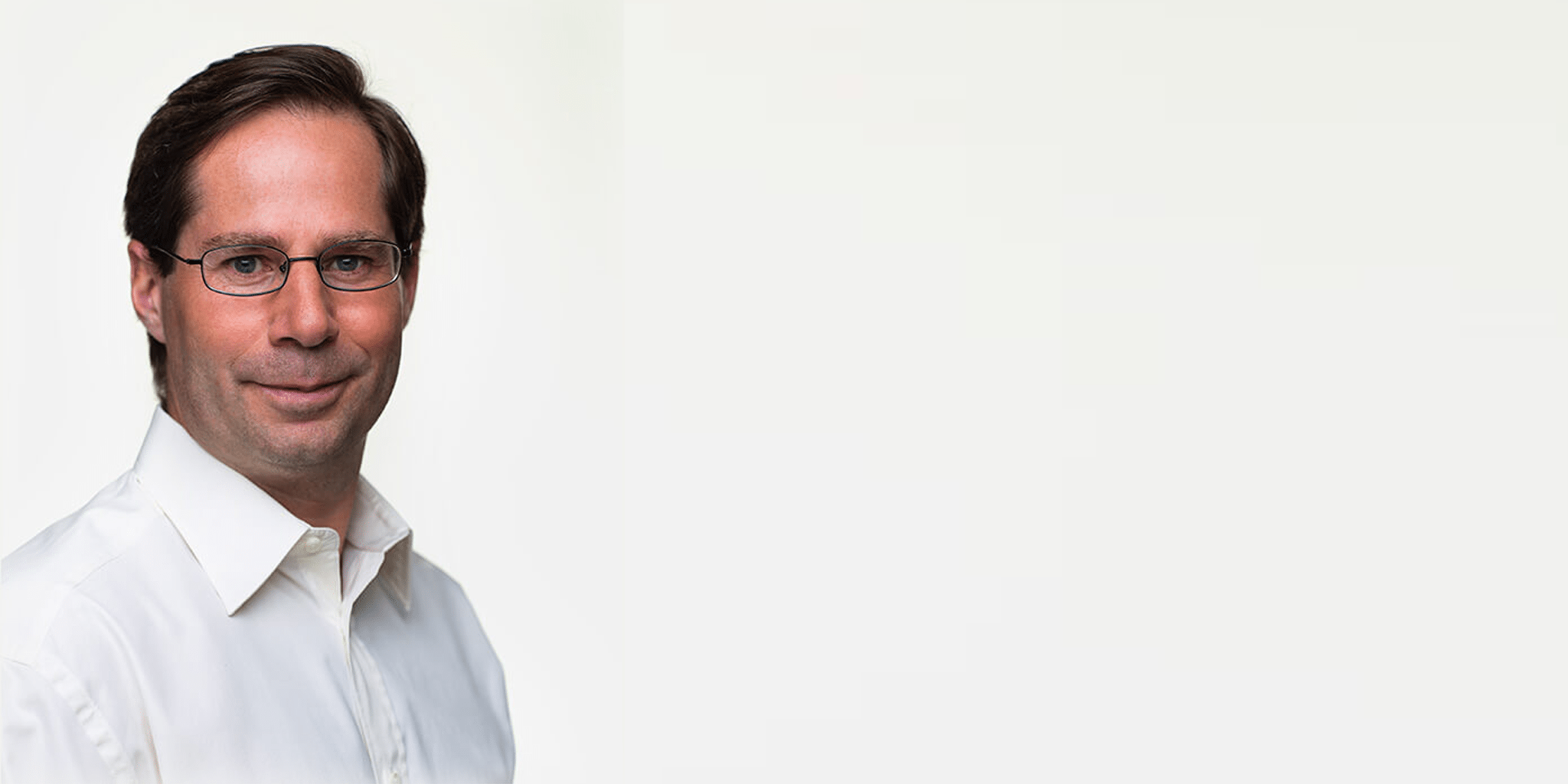
What's bigger than a unicorn? Samumed stuns yet again as anti-aging pipeline draws $438M at $12B valuation
Samumed came out with a bang a couple years ago, when it boldly announced a couple of anti-aging programs and a $12 billion valuation. The …
Sign up to read this article for free.
Get free access to a limited number of articles, plus choose newsletters to get straight to your inbox.